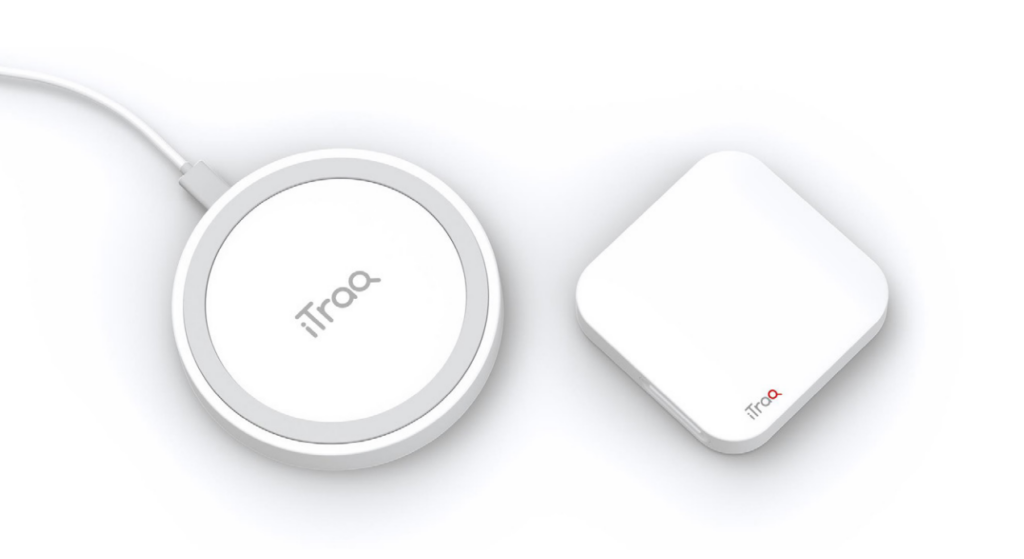Tracking Device Development
Everyday millions of containers, bags, and packages are shipped around the world.
These packages contain production supplies for manufacturing, important documents, prized possessions, or any other item that we can value and they are instantly in someone else’s control when we ship them. We are forced to rely on that company’s tracking information to stay informed about our item’s location. What if we didn’t have to trust that they update their data regularly or that it’s accurate at all? What if we could know at any time where our package is?
First Line Software worked with an innovative US startup company based in Seattle, Washington to develop a prototype device and accompanying software that enables its users to track their cargo,
bag, or package anywhere in the world. This device is an incredible tool that companies can leverage to recover stolen property, track accurate progress of shipping within the supply chain, and consumers can use to track their valuables sent to loved ones. Part of what makes this device so unique is that it uses two location tracking technologies simultaneously – GSM and GPS.

The device uses a GSM module in its customary mode, i.e. its location details are sent out by connecting to the nearest cell towers utilizing Cell-ID triangulation. One advantage of this technology is the efficient battery power consumption – one charge is sufficient for three years of continuous use. One disadvantage is the limited accuracy of the location – between 100 and 200 meters. In case of emergency and upon user request, it is possible to activate operation of the higher energyconsuming, but more precise GPS module. For example, if an object that is connected to an iTraq tracking device
First Line Software met all design requirements and completed the prototype development within six months. The device case was downsized to 21×12 square millimeters. The battery life is guaranteed
to last from one to three years of continuous use and will power 1500 sessions. Both the GSM and GPS modules are embedded in the device case along with the battery.
A mobile application for iOS and Android was developed to allow the end user to access the device and package location at any time using a mobile device. The mobile application can be customized to meet the user’s specific requirements and can be used to track the object’s movement on a map worldwide. A user can also adjust the frequency of how often the device will “inform” about its location (from one to 50 times per day) and choose either GPS or GSM module for device operation. This gives the end user full control and usefulness of their device with the ability to reuse it countless times extending their return on investment.
Client’s requirements for this device
- Device case must be small
- Power consumption should be minimal
- Standby mode should be the default and the device must be accessible for remote adjustment by means of a mobile application on the user’s smartphone
- GPS module should be capable of being switched on by user request
- GSM module should be able to scan all neighboring cell towers regardless of the cellular provider
- Device production should be cost-efficient.
The Technology
- Firmware technologies: C#
- Platform: Java, Knockout.JS, HTML5, GMaps API
